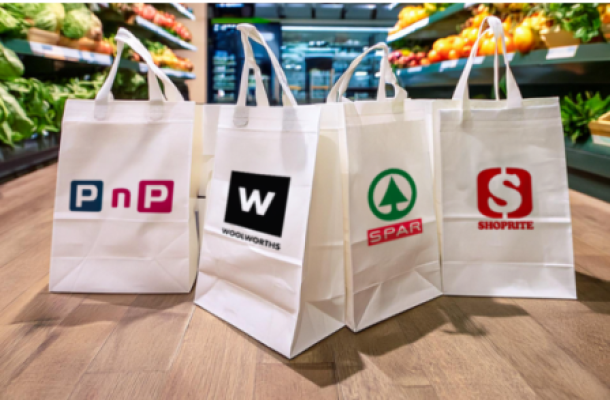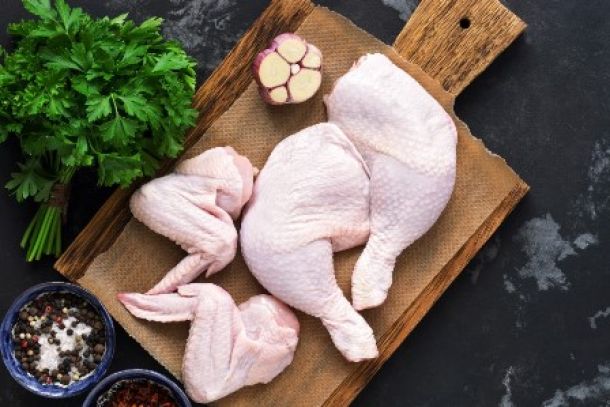Sales growth of world’s leading FMCG firms hits lowest ebb since economic crisis
Growth in sales of the world's top-50 FMCG firms has almost halved for the second year running, slowing from 2.9% in 2013 to 1.7% in 2014 to reach the second lowest level in the last decade, amid increased competition from local players, according to new research unveiled by OC&C Strategy Consultants in collaboration with The Grocer.
OC&C's annual Global 50 Index, an in-depth analysis of the financial statements of the world's top-50 FMCG firms, reveals that unpredictable exchange rates have played a significant role in the low growth figures. However, volatile exchange rates only account for part of the slowdown in growth. The research highlights that a combination of institutional sluggishness setting in at many of the largest FMCG organisations and quick progress from smaller players who are addressing fragmenting consumer needs is reducing the growth of the Global 50 even further.
In the BRIC markets, global companies lost 0.6% points of their share of the market to more agile local players in Brazil and Russia, 0.3% points in India and 1.3% points in China. In Western countries too, FMCG giants are being outperformed, losing 1% point of their market share in the US and failing to grow share in the UK.
However, the drive for scale is not dead and M&A activity has consolidated the success of some of the world's biggest players. A new entrant to the top 50 list this year is Chinese firm WH Group, which made its debut in OC&C's Global 50 at number 17. The second Chinese company to enter the list after Tingyi last year, WH Group was one of the only companies to double its revenues in 2014 following a takeover of Smithfield Foods, the world's largest pork producer.
Will Hayllar, Partner at OC&C Strategy Consultants, said: "This year's research has shown that in the FMCG sector bigger isn't always better - with scale no longer giving companies the edge it once did. Many of the 'Goliaths' in our Global 50 ranking are encumbered by their heavy institutional structures, leading to sluggish decision-making and slower innovation. This has given smaller local players - the 'Davids' - the opportunity to seize market share across the board.
"In previous years, the success of the local competition was most evident in developing BRIC countries, where smaller local companies have been able to quickly modify their proposition to ensure local relevance. But the trend is now spreading across developed markets in the US and UK, where fragmenting consumer demand and the need for quick innovation has enabled smaller players to out-compete traditional market leaders. Small companies are also capitalising heavily on the growing digital economy, which has made consumers easier to reach than ever before”.
Hayllar added: "There are two key tactics large companies need to employ if they're to reverse this declaration in growth. Firstly, they need to look closely at what the consumers in their category are doing and identify the sectors in which customer needs are fragmenting and more diverse range of offerings is necessary. Secondly, firms need to examine the structural barriers within the business which may be hampering their ability to address these consumer needs - whether that's a constant drive for consistency which is killing off new ideas, or lengthy sign-off procedures which are slowing down innovation cycles. Once these issues are addressed, bigger FMCG companies stand a much better chance of accelerating their growth and competing more successfully against small, nimble players."
High performing 'Davids' include:
Lumene: Sustaining market share leadership against skincare giants such as L'Oreal and Nivea by successfully leveraging their Scandinavian heritage and differentiated natural arctic ingredients to strengthen their consumer proposition.
Cristaline: Capitalised on a weakness in the costly 'single source' policy of other bottled water brands, adopting a multi-source strategy which gave them an unparalleled economic advantage.
Burt's Bees: built their brand heritage around 'natural' products through online engagement and partnerships with bigger players such as Starbucks, before launching themselves into the mass market at a prime moment.
Innocent: Created a compelling brand with their pioneering smoothies and subsequently moved into the juice category to take on Pepsi's Tropicana. Now owned by Coca Cola, they've preserved their distinct brand identity and culture whilst tapping into Coke's scale and resources where helpful.
Method: Shook up the previously functional household product category with an engaging, design-led, 'clean happy' proposition and worked in close partnership with selected retailers to build brand awareness.
The Goliaths: OC&C and The Grocer's Global 50 Top-10 2015 (previous ranking)
1. Nestle AG (1)
2. Procter & Gamble (2)
3. Pepsico (3)
4. Unilever (4)
5. JBS (7)
6. AB Inbev(6)
7. Coca Cola Company (5)
8. Tyson Foods (10)
9. Mondalez (8)
10. Archer Daniels Midland (9)
News Category
- International retailers
- On the move
- Awards and achievements
- Legislation
- Wine and liquor
- Africa
- Going green
- Supplier news
- Research tools
- Retailer trading results
- Supply chain
- Innovation and technology
- Economic factors
- Crime and security
- Store Openings
- Marketing and Promotions
- Social Responsibility
- Brand Press Office
Related Articles

Top tips for consumers to combat escalating ele...

Clear winner in South African retail battle

Drinks survey reveals Rooibos as a top choice a...

Consumers pay more at till for chicken, but far...


